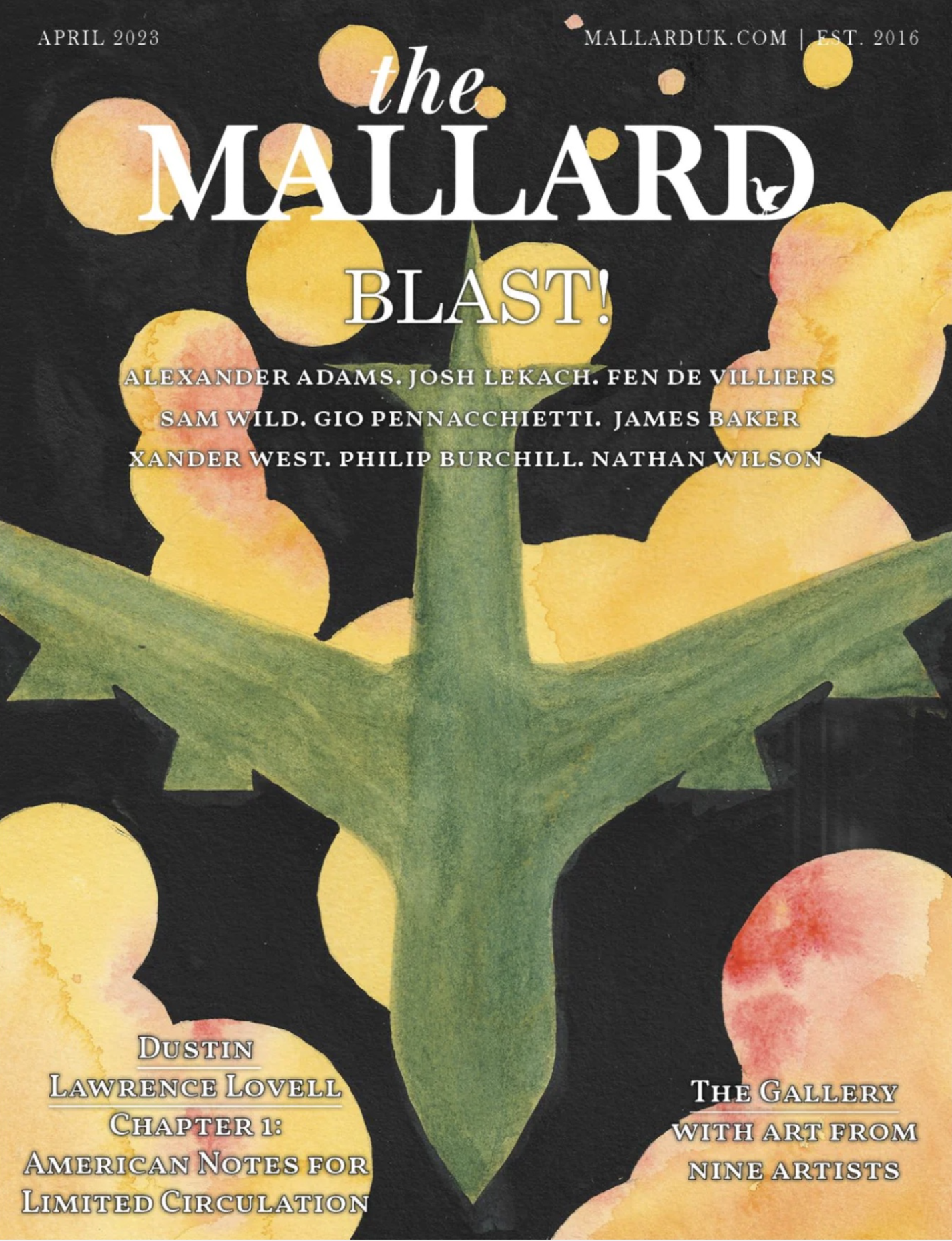In our digitally dominated age, we are inundated with endless news, tabloid propaganda, and ideologically infused ‘entertainment’. Moreover, we are being shaped by a type of virtual architecture that isolates rather than consolidates communities. There is, however,
Art and Unity: Goethe on the Inner Life
Common experiences of art and nature bind us spiritually, mentally, and emotionally. We discover that we are not alone in heartbreak, in failure, or in grief.
in a mystical process where soul speaks to soul in a language that neither divides nor disenchants.
Writing again on Shakespeare, Goethe stated that the poet’s ability to reach our inner sense is the most direct form of communication. This is a communion of minds and hearts. Similarly, Beethoven stated that ‘music transports the listener into the mental state of the composer’ – meaning that it enhances the moral imagination thereby enabling us to step into the shoes of another. Music, like all serious art, is thus an invitation to communicate with the private language of its creator. And, in this shared inner life, mankind finds resonant emotions, desires, grief, disappointments, love and triumph. These are, of course, universal emotions that span time and space.
For Goethe the goal of an individual life is to strive for unity, integration, and wholeness. Art facilitates this in that it addresses the entire person, heart, mind, and body. As John Ruskin wrote: ‘Fine art is that which the hand, the head and the heart of man go together.’ With the division of labour, humanity has come to specialize in the operation of one faculty to the neglect of others. The salesman uses language, the construction worker labors with their hands, whereas the academics are engaged mentally. Each uses one faculty to the neglect of other senses, thereby causing imbalance within the self. Art has the singular ability to reconcile all our faculties and to achieve internal harmony and unity. Listening to a piece of music after a day of mental work has the capacity to put the listener in touch with their deep emotions and feelings, their longings and joys, their hopes, and dreams. This is the inner wholeness that modern life denies to so many, but which we cannot fully exist without.
Our society stands in great need of such embodied experiences. Digital communication, popular and social media, separates consciousness from the body, mind from heart, and emotion from reason. Modern technology is feeding off imbalance and destroying our ability to engage with those higher aspects of life without which no existence is complete. We would do well to heed Goethe’s advice when he said: ‘A man should hear a little music, read a little poetry, and see a fine picture every day of his life, in order that worldly cares may not obliterate the sense of the beautiful which God has implanted in the human soul.’
By visiting museums, cathedrals, galleries, and by spending time in nature, we discover a pathway to ourselves and to an understanding of the deep truth about others. Common experiences of art and nature bind us spiritually, mentally, and emotionally. We discover that we are not alone in heartbreak, in failure, or in grief. We discover that we belong to the human family and, beyond that, to what Edmund Burke called the great ‘eternal society’. As Goethe scholar Robert Hutchins writes: ‘For Goethe, men are united not merely by a common nature, but also a common tradition. We are all links in that chain that connects the past with the future. The tradition transmits to us the aspirations and achievements of our ancestors and inspires us to realization of the maximum possibilities of mankind.’
In conclusion, we might say that art is the thread of a civilization’s identity in the perplexing labyrinth of human existence. That is because it brings us back to reality and grounds us from the flight of speculation and separation that we experience on the screen. If, therefore, we would frequently engage with works of art, we will undoubtedly promote greater unity within ourselves, learn to see through the other’s eyes, and thus counter the divisive and dominating tendencies of contemporary mankind. In this way we will discover a fraternity of transcendence, fused by the common bonds of eternal love.
